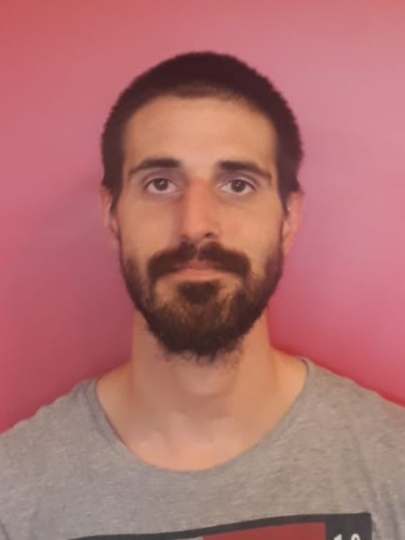Raphaël GaudinInstitut de recherche en infectiologie de Montpellier (IRIM) - CNRS / Université de Montpellier
Mes recherches
After a Master 2 in Virology at the Pasteur Institute (Paris, France), I joined in 2009 the lab of Dr. Philippe Benaroch at Institut Curie (Paris, France) as a PhD student, where I became an “aficionado” of imaging approaches to study viral infections. I defended in 2012 and moved as a post-doc to the lab of Dr. Tom Kirchhausen (Harvard Medical School and Children’s Hospital, Boston MA) to further gain experience in advanced microscopy techniques applied to basic cell biology and viral infection studies. In 2015, I obtained funding from the Atip-Avenir program and moved back to France in Feb 2016 to establish my team in Strasbourg (INSERM). I obtained the “Habilitation à diriger des recherches (HDR)” in 2017 and a permanent position (CRCN) at CNRS in 2018. Since Oct 2018, my team and I moved to IRIM (Montpellier, France).
Since the beginning of my ATIP-Avenir, I published 4 last/co-last author papers in internationally peer-reviewed journals. I have been elected as a member of the “Societé de Biologie Cellulaire de France” (SBCF) since 2016 and serve as editor at “Frontiers in Cellular and Infection Microbiology” since 2018 and “Biology of the Cell” since 2019.
Mon projet ATIP-Avenir
Molecular determinants involved in the membrane trafficking of tight junction-associated proteins and their subversion by hepatitis viruses.
Hepatitis B and C virus (HBV/HCV) evolved strategies to replicate and spread based on the subversion of intracellular machineries. However, deeper investigation of their viral cycle is prejudiced by the insufficient knowledge regarding the cellular mechanisms that regulate membrane trafficking in polarized cells. My research project combines modern virology techniques and high-end cell biology to investigate spatiotemporal membrane dynamics and its regulation in health and disease. First, the pathways and proteins involved during endocytosis and penetration into the cytosol of HBV/HCV will be characterized using high-resolution 3D live cell imaging and Crispr/Cas9 genome engineering. A particular effort will be make toward the identification of cellular partners involved during the fusion step as it is highly relevant for other viruses as well as nanoparticle delivery. Second, my lab will study the pathways regulating the trafficking of tight junction-associated proteins (TJAPs). Tight junctions are crucial to maintain cell polarity and TJAPs are directly involved in the HCV cell cycle. How TJAPs containing-compartments find their way into the cell to reach the correct subcellular location (i.e. tight junctions) remains elusive. Therefore, I will employ innovative screening strategies to a) characterize the intracellular route that TJAPs transition to, by combining gene editing and “Retention using selective hook” (RUSH) techniques, b) identify protein partners of major TJAPs upon immunoprecipitation and mass spectrometry analysis and characterize their roles and c) determine whether HBV and HCV hijack the TJAP secretory pathway for their own transport, and identify specific virus cell-to-cell transmission pathway(s). Overall, this project will highlight new crucial mechanisms involved during membrane trafficking and regulation of tight junction proteins and will also shed light on how pathogens subvert intracellular trafficking pathways for their own advantage.
